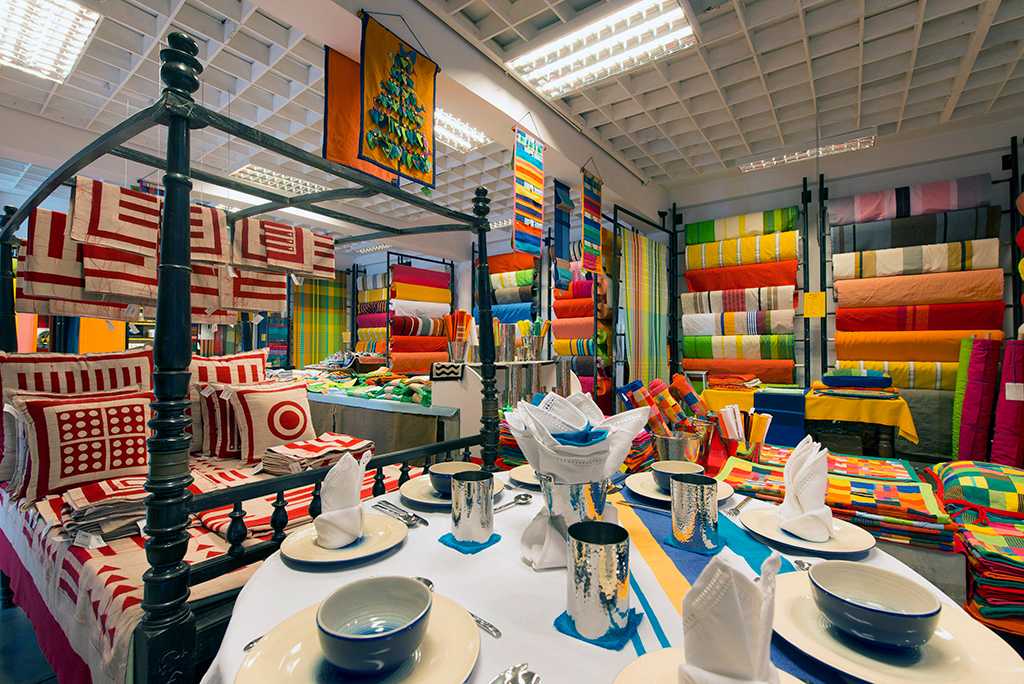The Galle Fort: A Timeless Fusion of Colonial Charm and Sri Lankan Artistry
The Galle Fort, a UNESCO World Heritage site situated on Sri Lanka’s picturesque southern coast, stands as a vivid testament to the island’s colonial history and artistic heritage. Originally established by the Portuguese in the 16th century and later expanded and fortified by the Dutch, this historic fort is celebrated for its well-preserved colonial architecture, charming cobblestone streets, and vibrant cultural scene. A visit to Galle Fort offers an immersive experience into Sri Lanka’s rich artistic and historical legacy, blending colonial charm with contemporary craftsmanship.

The architectural allure of Galle Fort is a striking feature of its historical significance. The fort’s design reflects the influence of Portuguese and Dutch colonial styles, characterized by a blend of European and local architectural elements. The fort’s walls, constructed from coral and limestone, create a formidable yet graceful outline that has withstood the test of time. Visitors can admire the fort’s distinctive features, including its sturdy bastions, colonial-era buildings, and elegant ramparts that offer panoramic views of the Indian Ocean.
The colonial buildings within the fort are a showcase of architectural elegance, featuring Dutch gables, arched windows, and wooden verandas. The blend of European and Sri Lankan design elements creates a unique aesthetic that reflects the fort’s historical role as a key trading post and administrative center.

Within the Galle Fort, visitors will find an array of galleries and shops that highlight Sri Lanka’s traditional crafts and contemporary artistry. The fort is a vibrant hub for local artisans, offering a range of handcrafted goods that showcase the island’s rich artistic traditions.

The Galle Fort is renowned for its handwoven textiles, including beautifully crafted saris, shawls, and tablecloths. These textiles often feature intricate patterns and vibrant colors, reflecting traditional Sri Lankan weaving techniques and designs. Visitors can explore shops specializing in these textiles, where skilled artisans create each piece with precision and care. The quality and artistry of the handwoven textiles make them cherished souvenirs and a testament to Sri Lanka’s textile heritage.

Another highlight of the Galle Fort’s artisanal scene is its intricate lacework. Sri Lankan lace is known for its delicate craftsmanship and elaborate designs, often used to adorn garments, tablecloths, and decorative items. The lacework found in the fort’s shops is created using traditional techniques passed down through generations, resulting in exquisite pieces that combine beauty and intricacy.

The art galleries within Galle Fort feature a diverse array of vibrant paintings that capture the essence of Sri Lankan life and landscape. Local artists exhibit their works, ranging from contemporary abstract pieces to traditional landscape and portrait paintings. The art galleries offer visitors the opportunity to engage with Sri Lanka’s dynamic art scene and acquire unique artworks that reflect the island’s cultural and natural beauty.


Galle Fort is not only a historical and artistic destination but also a lively cultural venue. The fort regularly hosts cultural events, art exhibitions, and craft fairs that showcase local talent and artistic expression. These events provide a platform for artists and artisans to display their work, engage with visitors, and celebrate Sri Lanka’s rich cultural heritage.
The fort’s vibrant cultural calendar includes music performances, dance shows, and traditional festivals that add a dynamic and engaging element to the visitor experience. The blend of historical ambiance with contemporary artistic expression creates a rich and multifaceted experience for those exploring the fort’s cultural offerings.

A visit to Galle Fort offers a rich and immersive experience, combining historical exploration with artistic discovery. Strolling through the fort’s charming streets, visitors can admire the colonial architecture, explore artisanal shops, and engage with Sri Lanka’s vibrant cultural scene. The fort’s unique blend of historical significance and artistic expression makes it a captivating destination for those interested in exploring the island’s heritage and contemporary creativity.



This is the official website of the Ministry of Tourism, Republic of Indonesia. The contents listed on this website are intended for informational purposes rather than commercial. Any displayed sale is meant as a token of partnership and will always redirect you to our partners’ sites.